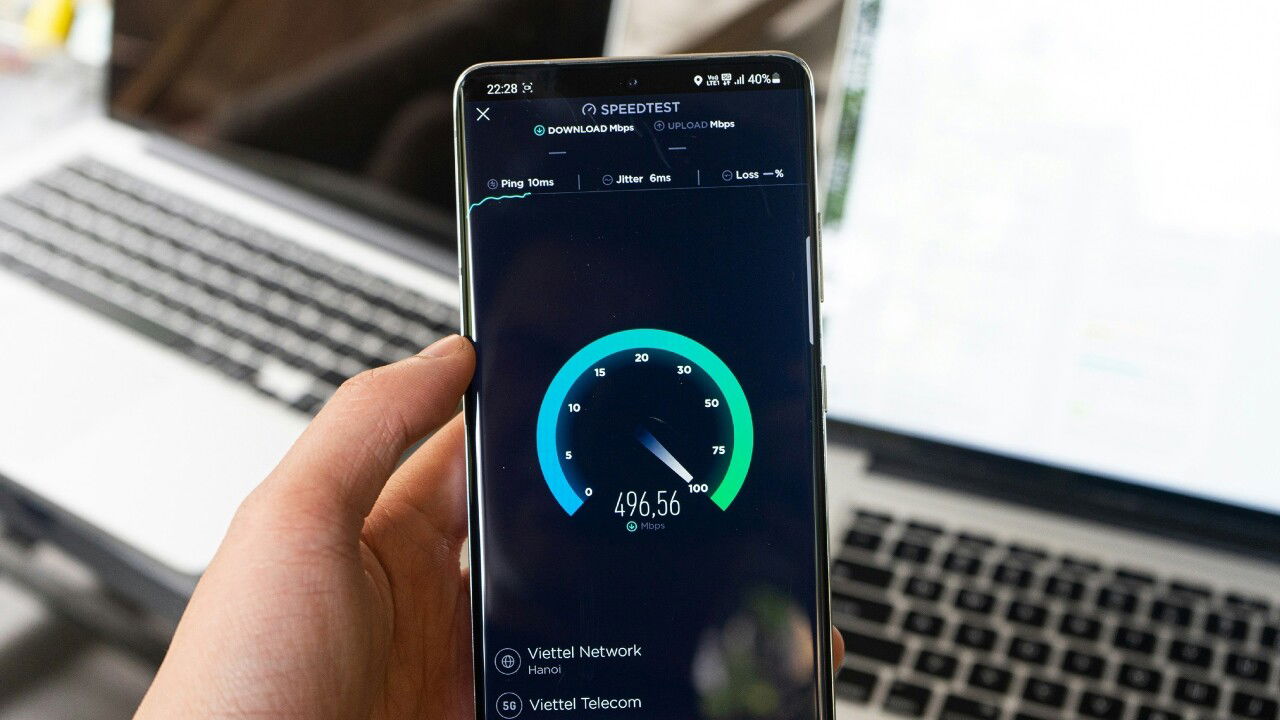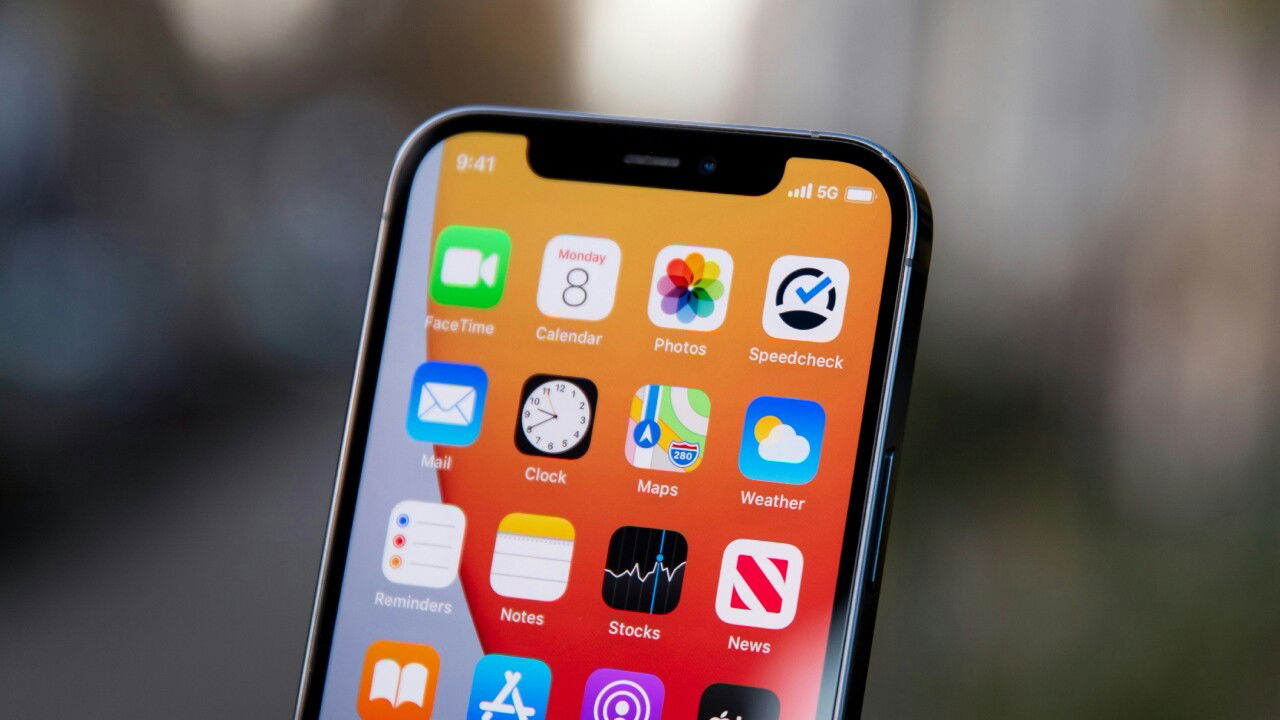Technology can reshape how we live, work, and play. One of the most transformational breakthroughs is the rollout of 5G, the fifth generation of wireless technology. With its ultra-fast speeds and the ability to connect multiple devices simultaneously, 5G is not just an upgrade from 4G but so much more.
But what does 5G mean for the future of wireless connectivity? This article explores how 5G is transforming the world and opening the doors to new possibilities across various industries.
The Impact of 5G on Online Gaming
One of the industries poised to benefit significantly from the advent of 5G is online gaming. 5G is all about speed, with data transfer rates up to 100 times faster than 4G, meaning better loading speeds for mobile apps and more complex games with enhanced graphics.
Moreover, whether playing MMORPG or HD card games, the low latency makes online gaming in the Philippines and elsewhere more accessible. This ensures fewer interruptions when joining gaming platforms like gambling sites for Filipino players on a mobile device from virtually anywhere.
How 5G is Transforming Other Industries
Beyond entertainment and online gaming, 5G’s influence is being felt across multiple sectors, such as healthcare and manufacturing, each benefiting from the technology’s many capabilities.
Healthcare
5G is revolutionizing healthcare by enabling telemedicine, remote surgeries, and real-time health monitoring. Doctors can now consult with patients through video calls in high definition, with no lag, making remote diagnoses more effective. Moreover, in operating rooms, the ultra-low latency of 5G is crucial for remote surgeries, where surgeons can operate robotic arms with precision.
This technology also facilitates the growth of wearable health devices. Patients with chronic conditions can wear smart devices that continuously monitor vital signs and send real-time data to healthcare professionals, which allows for timely interventions.

Manufacturing
The advent of 5G is transforming the manufacturing sector at a rapid pace. Factories and manufacturing plants are adopting smart machines that can communicate with each other to streamline production processes. This allows greater automation and productivity, with machines able to adapt in real-time based on data collected from sensors throughout the facility.
Moreover, chain supply management benefits from 5G technology as well. The accuracy with which companies can track inventory and shipments allows them to adjust production schedules according to demand, thereby mitigating risks associated with stockouts and overproduction. Overall, 5G redefines what is possible by allowing manufacturers to streamline production processes.
Smart Cities
Urban areas are also becoming more advanced. Smart cities, in particular, rely on vast amounts of data to streamline traffic management and environmental monitoring systems. 5G enables real-time communication between infrastructure elements like traffic lights, cameras, and sensors, making cities more responsive to the needs of their citizens.
In addition, 5G can help reduce traffic congestion by allowing real-time data from connected vehicles and traffic systems to coordinate traffic flow more effectively. It can also enable better public safety with high-speed video surveillance systems that provide clearer, real-time images for security agencies.
Advanced AI Integration
5G is playing a pivotal role in advancing the integration of artificial intelligence (AI) into the Internet of Things (IoT). 5G networks provide significantly faster data transfer rates than previous generations. This speed enables AI systems to process information from IoT devices almost instantaneously, facilitating real-time decision-making and enhancing the responsiveness of applications.
With 5G able to facilitate edge computing, data processing can occur closer to the source of generation. This reduces the need to send all data to centralized cloud servers, enabling AI systems to process data locally and make immediate decisions. This is especially beneficial for applications like smart manufacturing and autonomous devices.
Furthermore, the scalability of 5G networks promotes the development of integrated ecosystems where multiple IoT devices can communicate and collaborate. This interconnectivity allows AI systems to gather diverse data inputs, leading to more accurate and actionable insights.
Beyond 5G: What’s Next?
While 5G is still in its early stages of rollout across the globe, the tech world is already looking ahead to what comes next: 6G. Although it’s still largely theoretical, 6G is expected to provide even faster speeds, lower latency, and even greater capacity than 5G.
One of the most exciting aspects of 6G is the potential for holographic communication. Imagine attending meetings or social gatherings in the form of a hologram, allowing for a more immersive experience than video calls.
5G is laying the groundwork for a hyper-connected future, allowing various industries, such as healthcare and manufacturing, to operate more efficiently. As we look beyond 5G and toward 6G, the possibilities are even more astounding.
Ultra-fast connectivity will continue to reshape industries, enhance everyday experiences, and lead us into a future where digital and physical realities converge in a way we can’t even imagine.
Whether it’s through holographic communication or autonomous cities, one thing is certain: we are on the cusp of a technological revolution driven by connectivity like never before.



